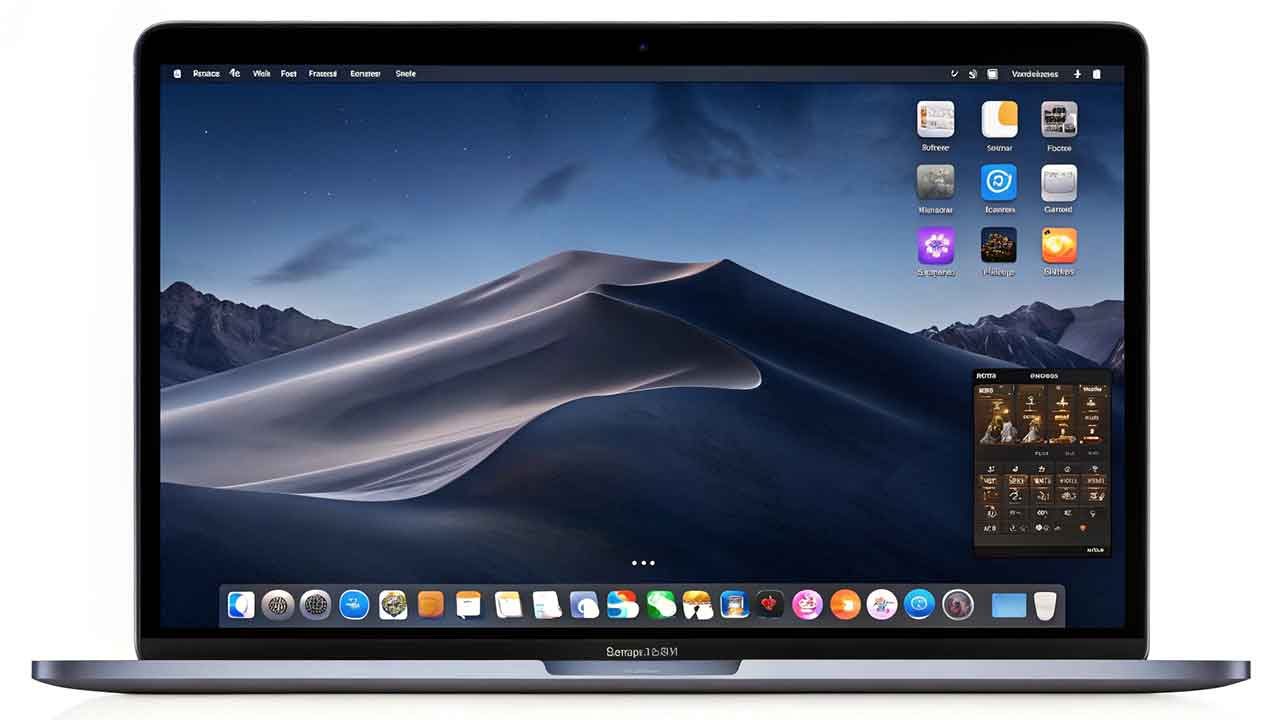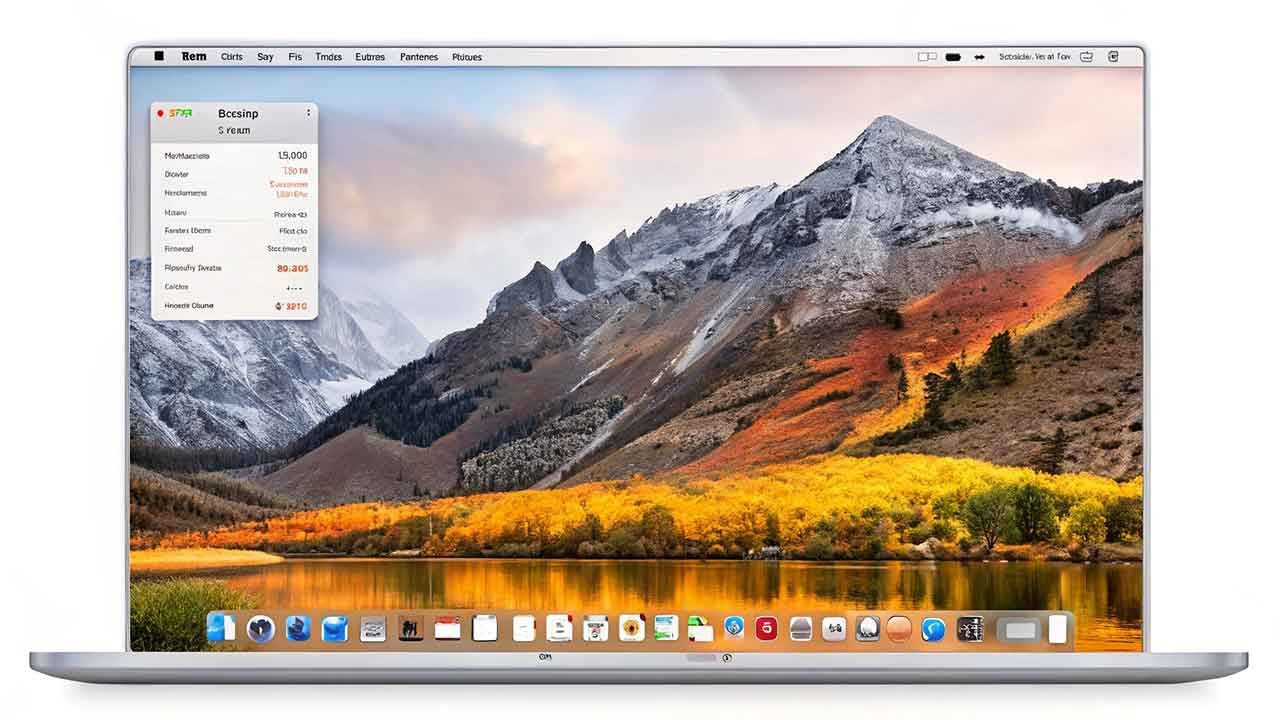Basics of Proper Mask Usage
Why is wearing a mask important?
During the COVID-19 pandemic, wearing a mask has become a crucial preventive measure. Masks act as a physical barrier that can help prevent respiratory droplets, which may contain the virus, from being released into the air. By wearing a mask, you not only protect yourself but also those around you.
How should a mask be worn?
Proper mask usage involves a few key steps:
- Clean your hands thoroughly with soap and water or hand sanitizer before touching the mask.
- Ensure the mask covers your nose, mouth, and chin completely.
- Avoid touching the mask while wearing it. If you need to adjust or remove the mask, clean your hands before and after doing so.
- Remove the mask by pulling it off from behind, without touching the front of the mask.
- Dispose of disposable masks properly and wash reusable masks after use.
Types of Masks and When to Use Them
What are the different types of masks available?
There are various types of masks that can be used during the COVID-19 pandemic. These include:
- Surgical masks: These are disposable masks commonly used by healthcare professionals.
- N95 respirators: These masks provide a higher level of filtration and are recommended for healthcare workers and individuals at higher risk.
- Cloth masks: These masks can be homemade or purchased and are suitable for the general public. They should have multiple layers of fabric for better filtration.
When should I wear a mask?
It is recommended to wear a mask in the following situations:
- When you are in indoor public spaces where physical distancing may be challenging.
- When you are in crowded outdoor settings where physical distancing is difficult to maintain.
- If you are experiencing COVID-19 symptoms and need to be around others.
Proper Mask Usage During Exercise
Should I wear a mask while exercising during the COVID-19 pandemic?
It is generally recommended to wear a mask during exercise if you are in an indoor setting or in a crowded outdoor area where physical distancing is difficult. However, if you are engaging in intense physical activity that limits your ability to breathe comfortably while wearing a mask, it is acceptable to remove the mask temporarily. Remember to maintain physical distance from others and put on the mask again as soon as the activity is complete.
How can I exercise indoors during the COVID-19 pandemic?
If you prefer exercising indoors to reduce exposure, consider the following tips:
- Choose a well-ventilated area with windows or good airflow.
- Maintain at least 6 feet of distance from others, even if you are wearing a mask.
- Choose activities that require minimal physical contact with surfaces or equipment.
- Sanitize any equipment before and after use.
- Wash your hands thoroughly before and after exercising.
Mask Usage Technical Guidance
What is the current guidance on mask usage during the COVID-19 pandemic?
According to current guidance, masks should be used as part of a comprehensive approach to prevent the spread of COVID-19. They are most effective when combined with other preventive measures such as hand hygiene, physical distancing, and proper ventilation. Masks should cover the nose, mouth, and chin completely, and individuals should follow specific guidelines for mask usage provided by health authorities.
Are masks recommended for children in the community during the COVID-19 pandemic?
Masks can be worn by children aged 2 and above in the community, especially in situations where physical distancing may be challenging. However, certain factors such as the child’s ability to use a mask properly, potential risks, and local guidelines must be considered. Parents should consult healthcare professionals or local authorities for specific guidance on mask usage for children.
Frequently Asked Questions (FAQs)
Q: Can I reuse disposable masks?
A: Disposable masks are designed for single-use, and it is generally recommended to dispose of them after each use. Reusing disposable masks may compromise their effectiveness and increase the risk of contamination.
Q: Can I wear a mask made from fabric at all times?
A: Fabric masks are suitable for everyday use in most situations. However, if you are in a high-risk environment or a healthcare setting, you may need to use medical-grade masks such as surgical masks or N95 respirators.
Q: How often should I wash my reusable mask?
A: Reusable masks should be washed regularly to maintain their effectiveness. It is recommended to wash reusable masks after each use using soap and water or by following specific washing instructions provided by the manufacturer.
Q: Can I wear a mask with a valve?
A: Masks with valves are not recommended as they do not provide adequate protection against the virus. These masks allow unfiltered air to be exhaled, potentially putting others at risk. It is best to use masks without valves to prevent the spread of respiratory droplets.
Q: Can I wear a face shield instead of a mask?
A: While face shields provide some protection for the wearer, they are not a substitute for masks. Face shields should be used in addition to masks as an extra layer of protection, especially in situations where there is a higher risk of respiratory droplets exposure.
Q: Can I wear a mask while eating or drinking?
A: It is not recommended to wear a mask while eating or drinking as it can make it difficult to breathe and can lead to contamination of the mask. However, it is important to maintain physical distancing and follow proper hand hygiene before and after eating or drinking.
Q: Can masks cause oxygen deficiency or carbon dioxide poisoning?
A: Masks are designed to be breathable and do not cause oxygen deficiency or carbon dioxide poisoning when used properly. Proper mask usage, including ensuring the mask fits well and avoiding extended periods of mask use in high-intensity activities, ensures proper airflow and oxygen exchange.
Q: Are cloth masks effective against the new COVID-19 variants?
A: Cloth masks, when worn properly, can provide a level of protection against the new COVID-19 variants. However, it is essential to stay updated on the latest guidelines provided by health authorities as more information becomes available about the variants and their transmission.
Q: Should I wear a mask if I have received the COVID-19 vaccine?
A: Even if you have received the COVID-19 vaccine, it is important to continue following the recommended preventive measures, including wearing masks. Vaccines help reduce the severity of the disease but may not prevent you from being a carrier and transmitting the virus to others.
Q: Are masks effective in preventing the transmission of COVID-19 in outdoor settings?
A: While the risk of transmission is generally lower in outdoor settings, wearing masks in crowded outdoor areas or situations where physical distancing is challenging is still recommended. Masks can help reduce the potential spread of respiratory droplets and offer an additional layer of protection.
Q: Can wearing a mask eliminate the need for physical distancing?
A: Wearing a mask is an additional preventive measure but does not eliminate the need for physical distancing. It is important to maintain at least 6 feet of distance from others, even when wearing a mask, to minimize the risk of COVID-19 transmission.
Conclusion
Rintiksedu.id hopes that this comprehensive guide on proper mask usage during the COVID-19 pandemic has provided you with helpful information. Remember that wearing a mask is essential, but it should be part of a holistic strategy that includes hand hygiene, physical distancing, and other preventive measures. Stay safe, protect yourself and those around you, and together we can overcome this global health crisis.







